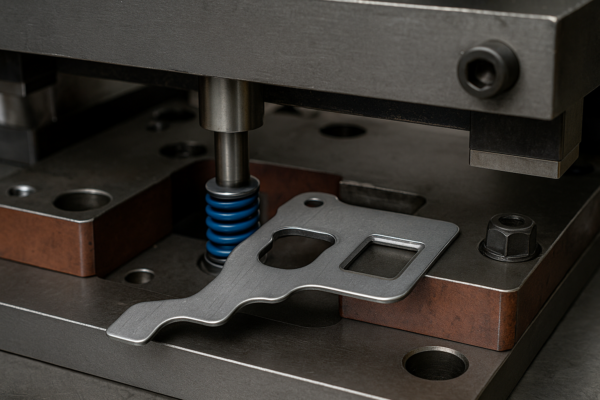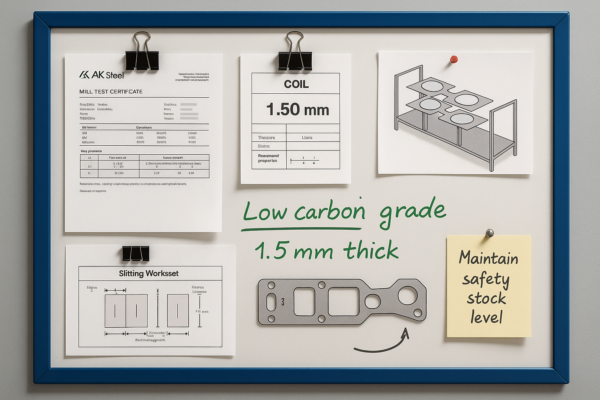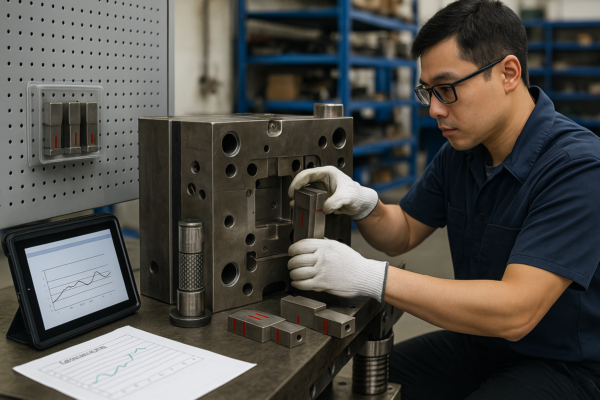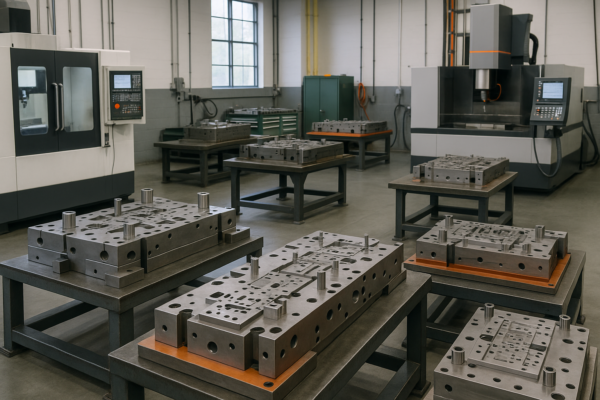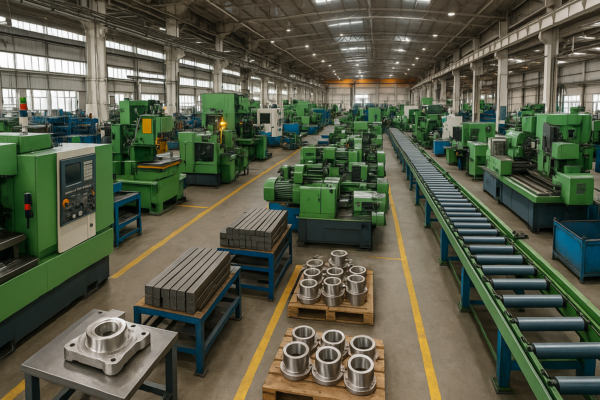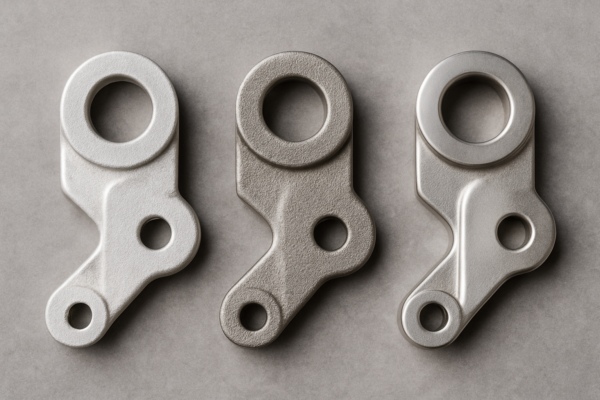What Is the Burring Process in Sheet Metal?

Most buyers in the sheet metal industry face recurring issues with sharp edges, burrs, and incomplete finishes. These quality gaps often result in safety risks, increased returns, and extra labor costs. Understanding the burring process and working with reliable ISO-certified suppliers like Prime is essential for global buyers who value quality, efficiency, and compliance.
Burring forms a smooth flange or lip on holes or slots in sheet metal. This improves safety, part strength, and ease of assembly. Deburring eliminates dangerous edges and leftover material, guaranteeing safety and precision. Global manufacturers, purchasing managers, and engineers use trusted B2B platforms and industry directories to find suppliers with the right process expertise.
Over the years, I’ve helped customers in automotive, aerospace, electronics, medical, and industrial machinery sectors solve edge-quality problems. Choosing the right supplier and manufacturing process makes a major difference in product reliability and downstream assembly costs.
Table of Contents
- What is the burring process?
- What is deburring in sheet metal?
- What is the process of grooving sheet metal?
- How to use a burring machine?
- Burring vs. Deburring: Key Differences
- Common Applications and Industry Requirements
- Choosing the Right Burring or Deburring Method
- FAQs
- Contact Prime
What Is the Burring Process?
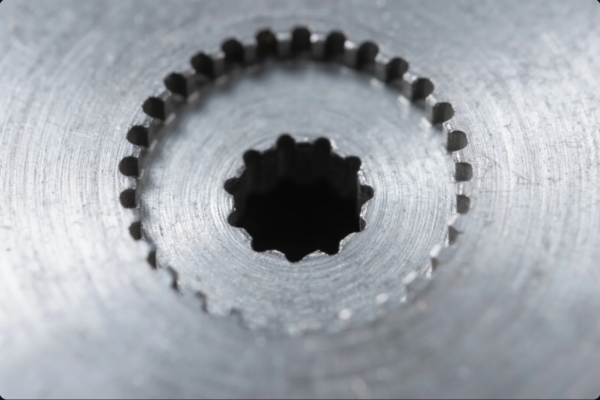
Many companies receive parts with dangerously sharp holes or slots, resulting in workplace injuries, returns, or compliance issues. Burring solves these problems by creating a smooth, protective edge.
The burring process forms a consistent, rolled flange or lip around a hole or slot in sheet metal. This rounded edge increases part strength, prevents worker injury, and allows for tight, secure assembly. Leading sheet metal suppliers and industrial hardware companies use specialized burring machines to achieve precise, repeatable results. For further reading, check The Fabricator.
At Prime, we use state-of-the-art burring technology to meet ISO 9001, ASTM, and RoHS standards. This ensures consistent results and supports customer requirements for safety, durability, and traceability. Proper burring is not only about compliance but also about brand reputation and end-user trust.
| Step | Purpose | Result |
|---|---|---|
| Hole/slot creation | Create initial feature in sheet | Exposes sharp edge |
| Burring operation | Form smooth flange or lip | Adds safety and strength |
| Inspection | Check for uniform finish | Ensures consistent quality |
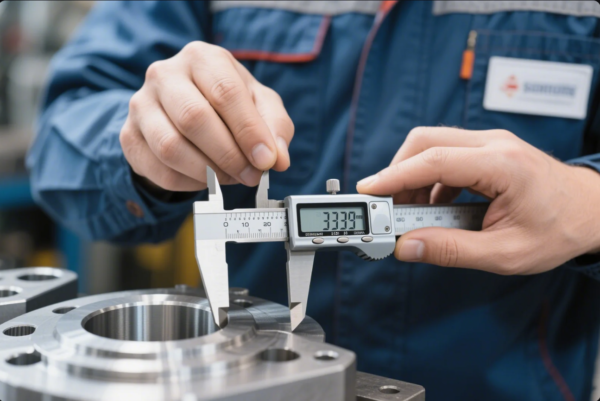
For more technical guides, visit EngineeringClicks, ScienceDirect, and Wikipedia.
Types of Burring Operations
There are several approaches to burring, depending on part requirements and production scale:
- Manual Burring: Ideal for prototypes or small batches. Workers use hand tools for precision.
- Mechanical Burring: Uses dedicated presses or burring machines for high-speed, uniform results.
- CNC-Controlled Burring: For tight tolerances and high repeatability in large-volume orders.
Each approach affects production speed, cost, and consistency. At Prime, most export projects rely on CNC and mechanical burring for efficiency and reliability.
What Is Deburring in Sheet Metal?
Unremoved burrs cause workplace injuries, poor fit, compliance failures, and additional downstream work. Effective deburring addresses these pain points directly and is essential in global procurement.

Deburring removes sharp edges, unwanted material, or raised particles from sheet metal after cutting or punching. This ensures every part is safe to handle, meets fit and function standards, and reduces the risk of assembly problems. Leading CNC parts suppliers and OEM manufacturers employ a mix of mechanical, manual, and chemical deburring methods. For process selection, see MachineDesign.
In my experience, skipping deburring results in rejected shipments and lost contracts. By implementing automated deburring systems, we minimize human error and maintain a steady, scalable process.
| Deburring Method | Pros | Cons |
|---|---|---|
| Manual (file, grinder) | Flexible, low investment | Slow, labor intensive |
| Mechanical (tumbler) | Fast, batch processing | Needs capital, space |
| Chemical | Precise for tiny parts | Costly, environmental |
For practical insights, visit SME.org, Metal Supermarkets, QualityInspection.org, and Fastenal’s how-to.
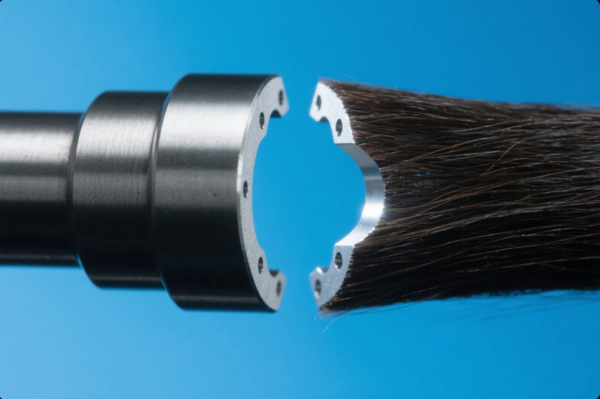
Prime’s commitment is to deliver ISO-compliant deburring for every custom order. This is especially important for customers in aerospace, medical devices, food machinery, and industrial hardware industries.
What Is the Process of Grooving Sheet Metal?
Grooving allows for more complex part features, like bending, joining, or integrating technical elements. Done right, grooving increases assembly speed and final product quality.
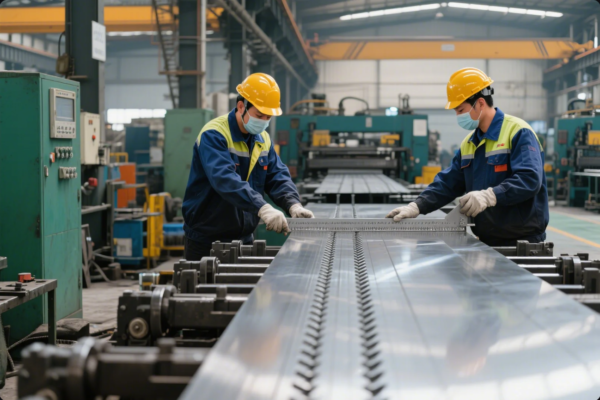
Grooving is the process of cutting a channel or recess in a metal sheet. This supports precise bends, leakproof joints, or other technical features. Advanced metal fabrication shops use CNC routers, stamping presses, or custom tooling for grooving. For industry standards, check SheetMetal.Me and MetalForming Magazine.
Prime delivers grooving within ±0.05mm for clients in electronics, medical devices, and precision engineering.
| Grooving Step | Details | Result |
|---|---|---|
| Layout/Marking | Mark with CNC or laser | Accurate placement |
| Grooving operation | Cut with CNC or press | Clean, uniform groove |
| Deburring/Finishing | Remove groove burrs | Ready for assembly |
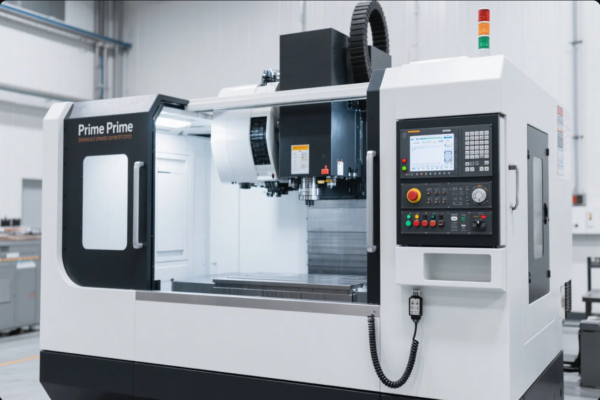
For more on grooving applications and material choice, see Engineering360, Matmatch materials guide, and Toolcraft tooling solutions.
How to Use a Burring Machine?
Efficient use of burring machines is a hallmark of advanced sheet metal workshops. Automation is the key to consistent quality and high output.
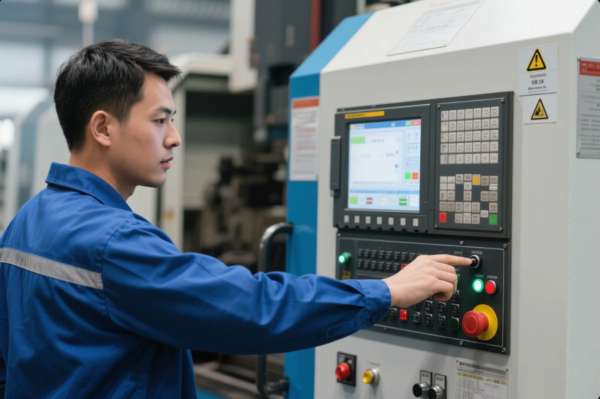
Operating a burring machine involves clamping the part, selecting the correct burring tool, and adjusting settings for thickness and material. The machine shapes the flange in one pass, minimizing defects. CNC suppliers and high-volume factories rely on this approach for repeatability. For more on machine setup, see MachineMfg.com and The Tool Hub.
At Prime, my team follows lean manufacturing and Six Sigma guidelines. This guarantees every batch meets the specifications on your drawing and PO.
| Step | Description | Tip |
|---|---|---|
| Preparation | Clamp part securely | Use precise jigs |
| Tool select | Choose correct burring head | Match to hole/slot size |
| Set machine | Adjust speed, feed, and depth | Start with a test run |
| Run machine | Perform burring | Inspect first pieces |
| Inspection | Check flange dimension and smoothness | Use digital calipers |
For equipment selection, visit Grainger’s machine directory, DirectIndustry, and IndustryNet.
Burring vs. Deburring: Key Differences
While both processes address edges, their purpose and effect are different. Understanding this distinction is crucial when specifying parts for manufacturing.
- Burring adds a formed edge (lip or flange) to reinforce and smooth out holes and slots.
- Deburring removes rough edges, shavings, and particles from cut or formed features.
Both steps ensure safety, prevent product failures, and support downstream operations like welding, assembly, or finishing.
Common Applications and Industry Requirements
Burring and deburring are necessary in countless industries:
- Automotive: OEMs require safe, smooth parts for interiors and structural assemblies.
- Aerospace: Aerospace suppliers demand burr-free components for safety and compliance.
- Electronics: Device makers require tight tolerances and smooth edges for circuit mounting.
- Medical: Medical device companies need flawless parts to meet regulatory standards.
- Construction: Building hardware suppliers need strong, safe sheet metal components.
- Industrial Machinery: OEMs and equipment manufacturers demand robust, precise metal parts.
Regulatory bodies and certification agencies, including ISO, ASTM, RoHS, and REACH, require evidence of proper edge finishing in technical documentation and audit trails.
Choosing the Right Burring or Deburring Method
The method depends on your part material, thickness, volume, and tolerance requirements:
- Manual Deburring: Best for prototypes, repair jobs, or small batches.
- Mechanical Deburring: Great for high-volume production; fast and repeatable.
- CNC Burring: For complex parts and ultra-precise projects.
- Chemical Deburring: Suitable for intricate, tiny parts where mechanical tools can’t reach.
Consult with your supplier to match the process to your project. Prime’s team analyzes drawings and recommends the most effective, cost-efficient method for your order.
FAQs
What is the difference between burring and deburring?
Burring adds a protective lip or flange to holes, while deburring removes sharp edges or leftover material. Both are required for industrial quality and safety. More info at Metal Supermarkets.
Why is burring important in sheet metal fabrication?
Burring is vital for part safety, edge strength, and certification compliance. It is a standard at automotive OEMs, aerospace suppliers, and electronics factories.
What industries require deburred and burred parts?
Automotive, aerospace, electronics, medical devices, industrial hardware, and energy sectors. See Thomasnet.
How does Prime ensure quality and consistency?
Prime follows ISO9001 and OEM QC standards, with traceable inspections and process audits. Learn more on Prime’s quality process.
Can I order custom parts with specific burring or deburring?
Yes. We offer full customization—from flange size and groove style to export packaging and logo marking.
What certifications do your parts meet?
ISO9001, customer-specified RoHS, REACH, and ASTM standards. See ISO.org for details.
How fast can Prime deliver custom stamped parts?
Fast-track options available—7-10 days for urgent batches. Learn more at Prime’s shipping page and Alibaba’s trade assurance.
How do you pack parts for export?
With export-grade packaging, including pallets, wooden cases, and anti-rust bags.
Where do you ship?
Globally—our clients are in North America, Europe, Australia, Middle East, Southeast Asia, and more.
Contact Prime
Prime delivers on quality, speed, and expert communication.
- Website: https://primecustomparts.com/
- Email: [email protected]
You get ISO-certified metal parts, fast delivery, and global export service. See customer stories or request a quote now.
Conclusion
Burring and deburring in sheet metal are essential for quality, safety, and reliability. Work with Prime for certified, fast, and customized solutions for your next industrial project.

